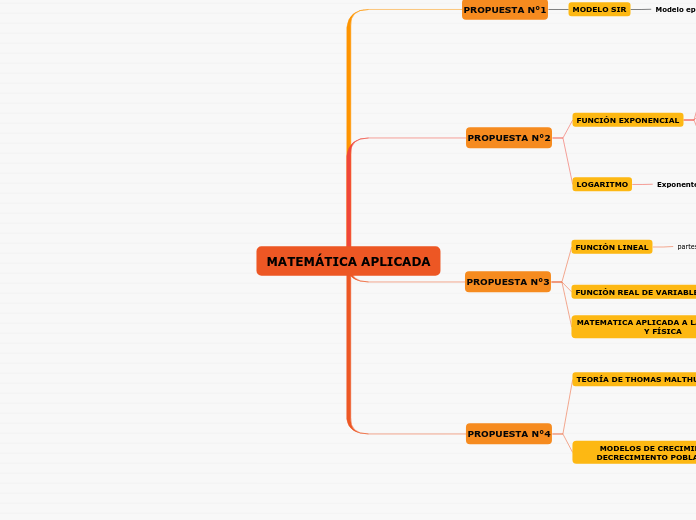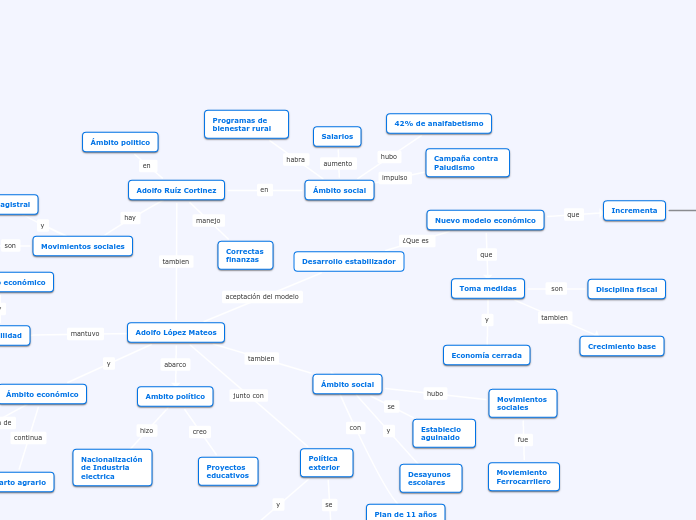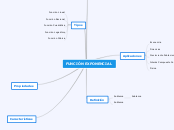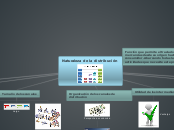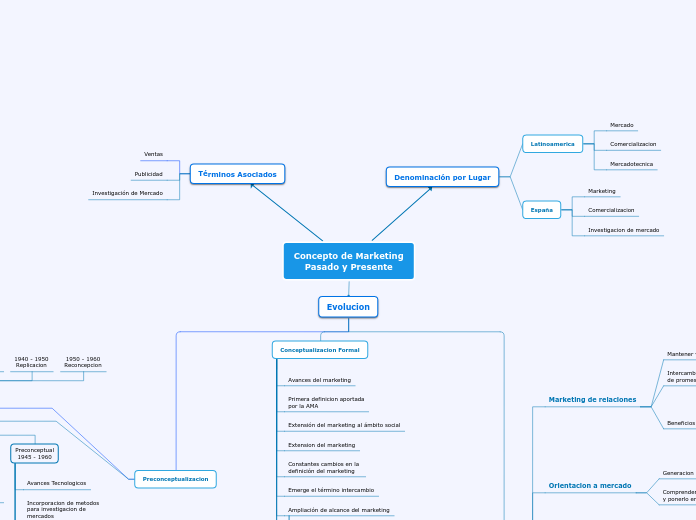Topic flotante
MATEMÁTICA APLICADA
To name your story, you have to think about the overall message and what you want your audience to understand from the story. Also, make it relevant and easy to remember.
PROPUESTA N°4
The ending of a story is essential. We all know that if the ending is weak, what happened before loses its importance. So make it unpredictable, but fair. A resolved ending answers all the questions and ties up any loose threads from the plot.
MODELOS DE CRECIMIENTO Y DECRECIMIENTO POBLACIONAL
Función exponencial
Tiempo (t0 / t)
Tamaño (N0 / N)
Constante k
TEORÍA DE THOMAS MALTHUS
sostiene que
Alimentos/Recursos
Crecimiento aritmético
Fórmulas y gráficos de tipo exponencial
Población
tiene un
Crecimiento geométrico
Fórmulas y gráficos de tipo lineal
PROPUESTA N°3
The middle of the story is where you add layers of complications that will lead to the end. Reveal more about the character's journey. Did their personality go through changes? How did they overcome the challenges? And as you build up the story’s central conflict, make it more personal to that character. Also, from the middle act, you have to lead into the final act.
MATEMATICA APLICADA A LA BIOLOGÍA Y FÍSICA
DILATACIÓN
Aumento de volumen
por
Temperatura
tipos
Volumétrica
Superficial
Lineal
FUNCIÓN REAL DE VARIABLE REAL
relación
Subconjunto de numeros reales (R)
donde a
X le coresponde un valor de R
FUNCIÓN LINEAL
partes
Ordenada al origen
Punto que corta al eje de coordenadas
Pendiente
Inclinación de la recta
Constante
Decreciente
Creciente
PROPUESTA N°2
In the beginning of the story (or the exposition), you will need to introduce the setting and characters. You might also want to introduce the main conflict. This part of the story is important because it gives the reader necessary background information and maybe even a first insight into a character’s personality.
LOGARITMO
Exponente elevado a un número
Neperiano
Base e
Decimal
Base 10
FUNCIÓN EXPONENCIAL
pueden ser
Decrecientes
Crecientes
compuesta por
Dominio
Valores de x (v. independiente)
Rango o imágen
Valores de y (v. dependiente)
Variable independiente
en el
Exponente
PROPUESTA N°1
MODELO SIR
Modelo epidemiológico
estudia
Brotes epidémicos
en
Población (n)
Parámetros
Tasa de recuperación
Tasa de transmisión
Condiciones iniciales
Grupo recuperado (R)
Grupo infectado (I)
Grupo susceptible (S)
